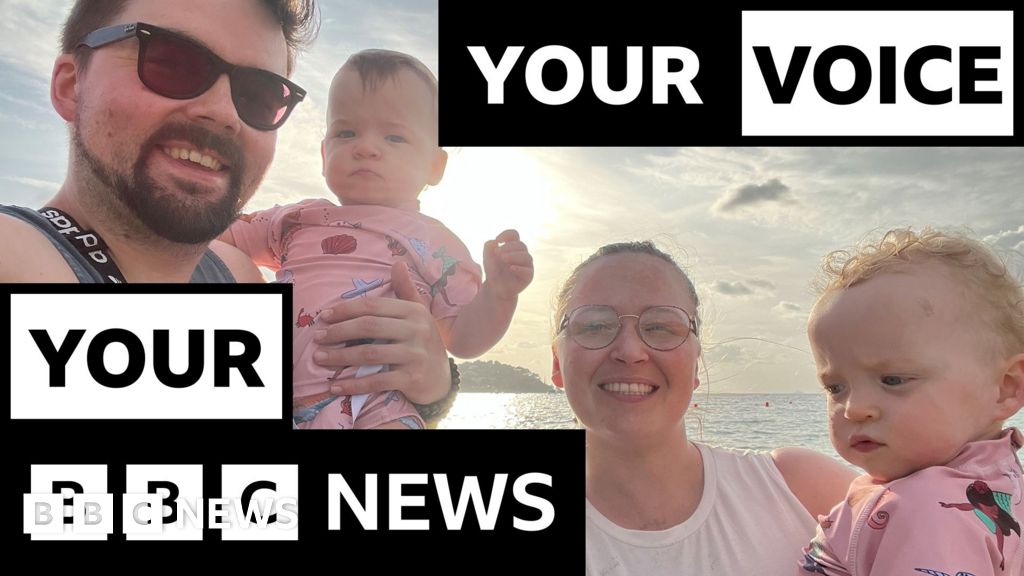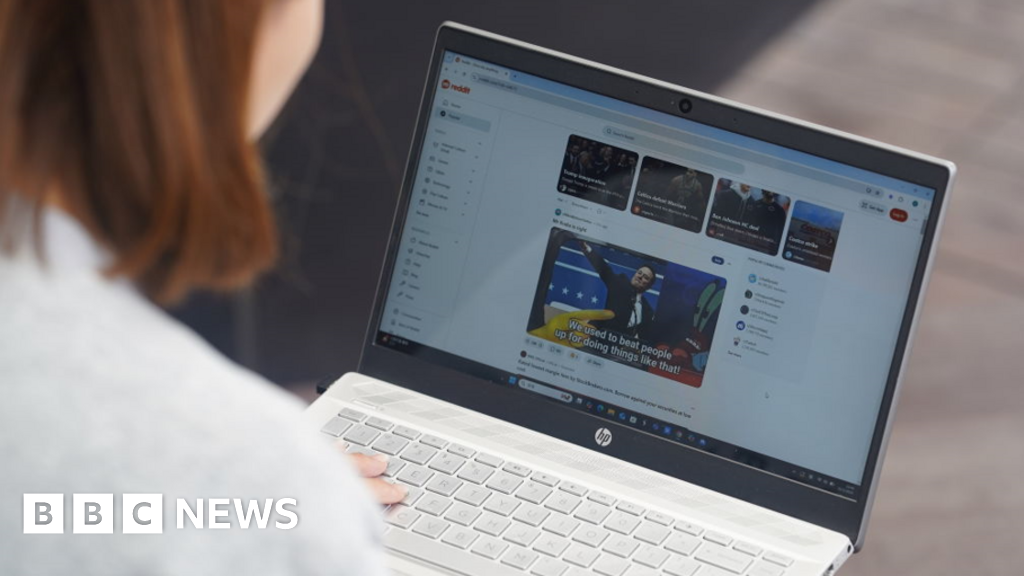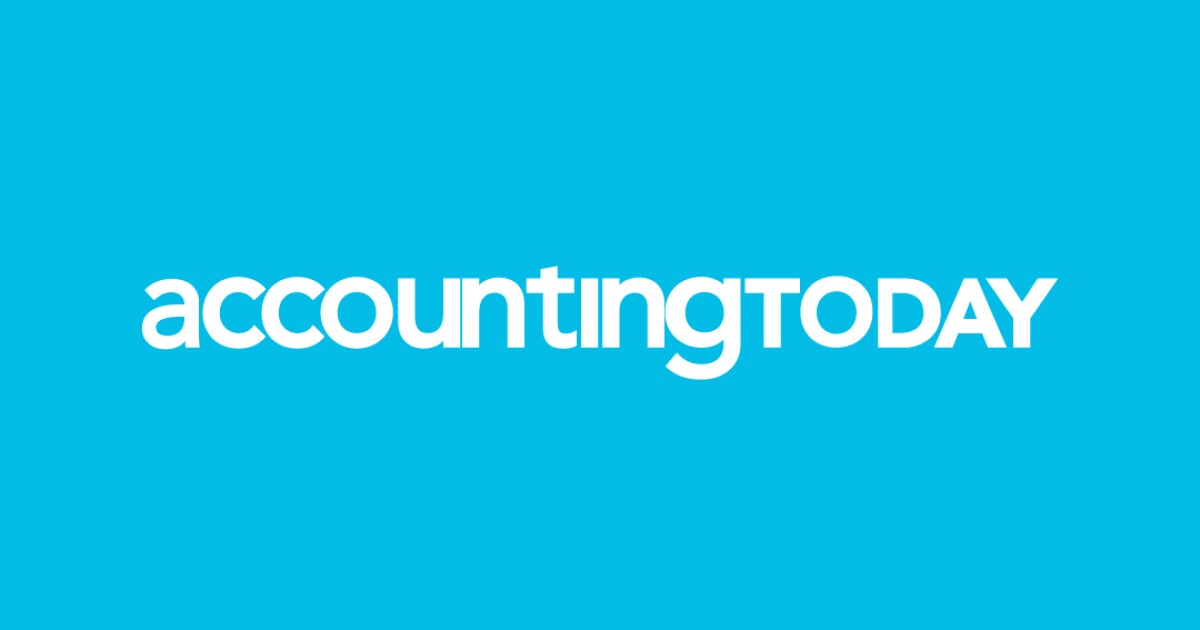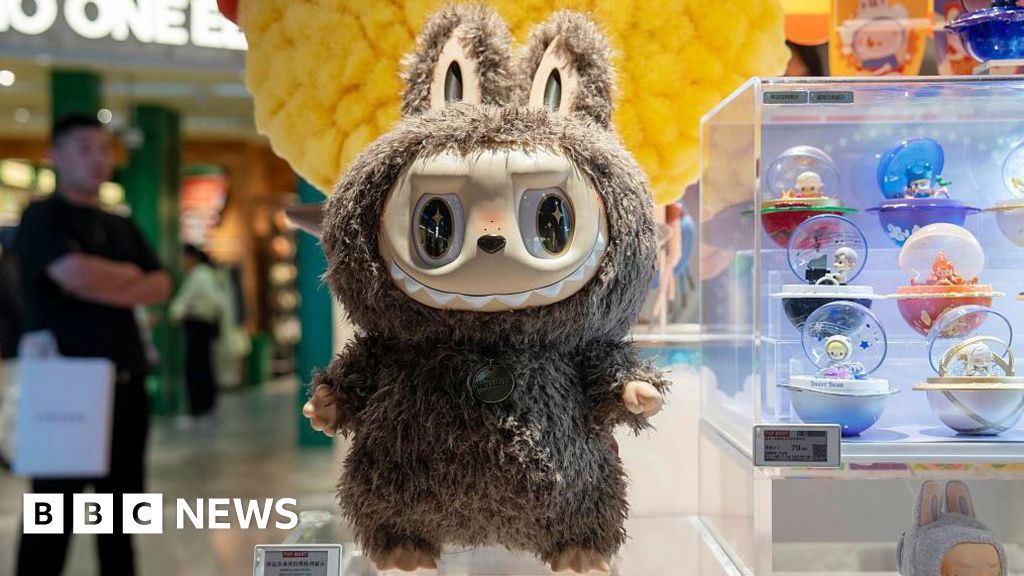In the wake of the pandemic, companies were pushed into rapid digital transformation—ushering in a flood of new tools designed to support remote and hybrid workforces. But this digital acceleration came at a cost: employee burnout. In response, HR leaders began partnering more closely with IT and tech providers to streamline communication, ease cognitive overload and help teams stay productive under growing pressure.
At the heart of the problem was the constant barrage of emails, pings and alerts, all compounded by the ubiquity of smartphones. In response, digital wellness apps and mental health campaigns gained traction. Yet many missed the mark. This struggle to tame digital overload paved the way for the rise of employee experience platforms (EXPs). Platforms like ServiceNow emerged as early pioneers, creating unified environments where employees could access communications, resources and tools in one seamless interface.
Tech giants such as Microsoft and Meta quickly entered the scene, propelling the idea of an employee experience industry forward. These platforms grew indispensable for organizations navigating increasingly complex, distributed workforces, as they span diverse locations, job functions and cultures. As a result, enterprise heavyweights like SAP SuccessFactors, Oracle, Workday and Microsoft embedded EX functionality into their ecosystems. Microsoft Viva, in particular, gained notable traction by embedding AI into the experience, enhancing both collaboration and output.
Viva’s rise illustrated the growing appetite for streamlined, AI-enhanced environments that support knowledge workers operating across different geographies and systems. Its success positioned Viva as more than just a communications hub; it became a powerful entry point to the digital workplace, underpinned by AI.
As organizations were still adapting to EXPs, generative AI entered the frame, transforming expectations practically overnight. While traditional EX platforms offered structured user journeys, generative AI promised dynamic, conversational interfaces. Now, employees can bypass navigation altogether—interacting directly with intelligent assistants that deliver fast, context-aware answers and automate routine tasks.
The shift is already underway, and it’s poised to redefine HR’s role and the broader EX strategy. Instead of clicking through portals for policies or forms, workers can now simply ask an AI assistant to locate or execute what they need. This change is accelerating the evolution of EXPs in three fundamental ways:
1. AI becomes the new user experience layer
Conversational AI is replacing rigid workflows with natural language interfaces, streamlining access to knowledge and automating low-value tasks. Whether it’s checking PTO or resetting a password, AI assistants handle the load, reducing friction for employees and pressure on IT teams.
2. The rise of the AI-augmented workforce
Recent conversations with CHROs and CEOs, captured in our research, reveal how AI is empowering a new kind of employee: the so-called “superworker.” These individuals utilize AI daily to enhance performance, freeing up time for more strategic and creative work. We’re entering an era of AI-augmented productivity.
3. A new paradigm for employee support
Generative AI makes employee experiences deeply personal and far more responsive.
Technological progress moves fast, and tools from innovators like DeepSeek and Alibaba suggest we could see many traditional EXP functionalities absorbed by generative AI within the next decade. But in the near term, structured platforms remain vital. For companies already invested in EXPs, these tools are still foundational for document management, knowledge sharing and automation—building blocks for the superworker transformation.
Microsoft HR’s employee experience platform transformation
Across the board, we’ve found that organizations are embracing AI as a force multiplier, not a platform replacement—at least not yet. Our latest research spotlighted several leading companies leveraging this shift, including engaging Microsoft’s own HR team to learn how they’re applying a real-life shining example of all this.
Some crucial context is that Microsoft HR has been embarking on a transformative journey to use AI to creatively explore opportunities to optimize their work as HR professionals and deliver best-in-class programs, services and employee support. These efforts aimed to empower managers and leaders to grow the business.
In pursuit of this, the company has prioritized orchestrating AI adoption across HR functions, ensuring that AI initiatives align with strategic goals and contribute to the company’s broader objectives.
However, a senior director who leads Microsoft’s Cross-HR AI Orchestration, Adoption and Impact (OAI) team highlighted that the primary challenge her team aimed to address was the rapid pace of change and the increasing volume of work without a corresponding increase in time. The team seeks to keep humans at the center of this transformation by rethinking approaches to learning, guiding colleagues on starting every action with a responsible AI mindset and creating a collaborative environment where AI transformation is accomplished with and through employees, rather than being imposed upon them.
4 key use cases
The solution? The deployment of Copilot—Microsoft’s own generative AI assistant— across HR. Meanwhile, ongoing upskilling has been facilitated by the existing infrastructure of the company’s EXP, Viva, providing a foundation for driving AI adoption with the following use cases:
Communication and messaging. The team designs, coordinates and distributes communications about AI initiatives with tailored messages and channels for different HR audiences and leverages measurement capabilities to track outreach success.
HR AI community of practice. HR practitioners engage in peer discussions, share experiences and collaborate on AI-related projects and problem-solving, fostering a culture of learning and adaptation around AI while creating meaningful connections.
AI skilling. Within the curated HR Academy in Viva Learning, HR practitioners can access AI learning tracks with targeted learning paths and resources that help build key AI skills.
Measuring adoption and calibrating. Using a holistic approach through insights, pulsing and analyzing comments, the team tracks and analyzes the adoption and impact of AI tools like Copilot and the efficacy of change management activities.
They’re achieving outstanding success in doing this. These investments have led to significant engagement across the Microsoft HR community, fueling foundational learning and application of skills to HR work. The community of practice grew to nearly 1,000 members, and innovation forums attracted more than 1,000 participants over several months of offerings.
Looking ahead, Microsoft plans to continue refining its AI adoption strategies, focusing on deeper usage and impact measurement, particularly as new features are released that require new capabilities to shift how work is done. By continuing to foster a collaborative and human-centered environment of change agility, Microsoft seeks to lead the way in AI transformation within HR.
The future of the EXP
The employee experience is at a pivotal juncture. AI is moving us beyond static systems toward dynamic, conversation-based interaction. While EXPs remain essential today, the future of work will depend on how well we blend those systems with intelligent, generative capabilities—especially as Gen Z and Gen Alpha enter the workforce with new expectations.
If your EXP is already in place, don’t stop there. Use it as a launchpad to accelerate your climb toward an AI-augmented workplace—where superworkers drive innovation, and experience is powered by intelligence.
The Josh Bersin’s Co.’s new report, The Role of the Employee Experience Platform in AI Transformation, explores these themes in greater depth.
Hear from Josh Bersin live at HR Tech in Las Vegas, Sept. 16-18, where he will deliver the closing keynote address on how AI is “changing the game” for HR technology.
Credit: Source link











